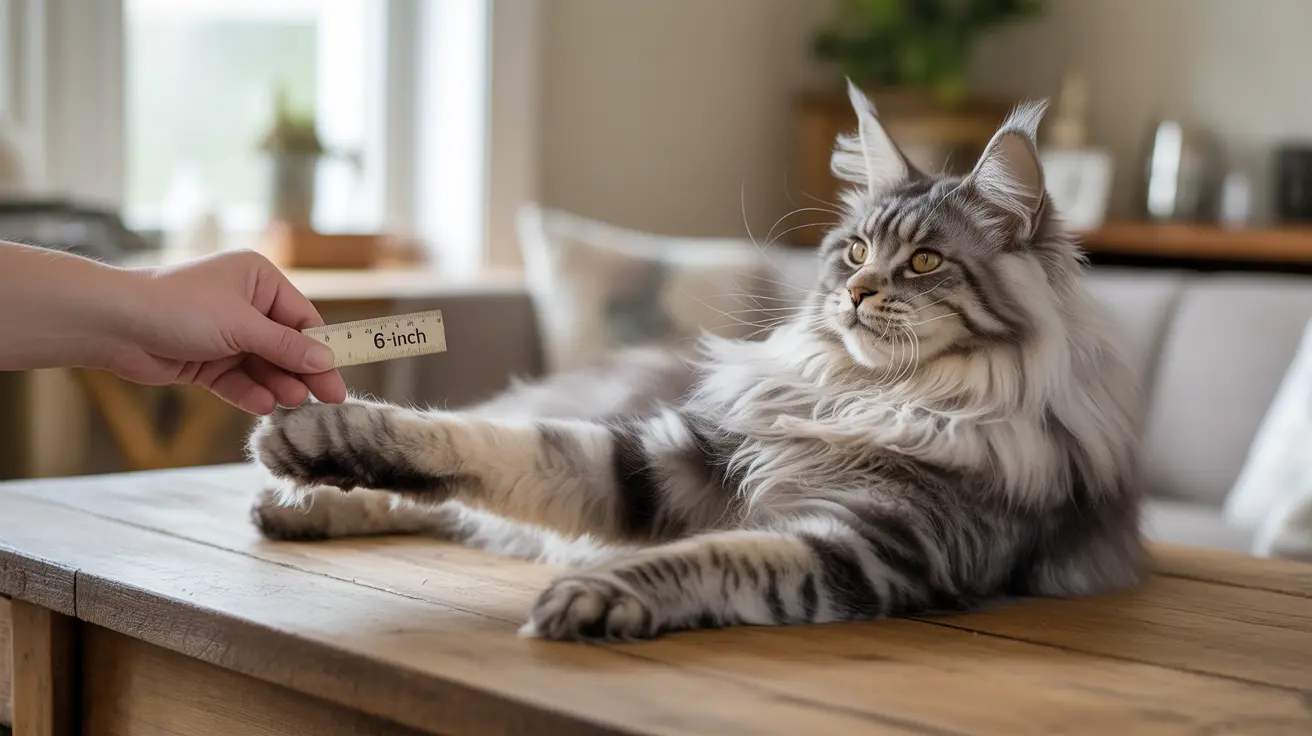Understanding cat paw sizes is essential for every cat owner, whether you're selecting nail caps, fitting a harness, or simply curious about your feline friend's anatomy. This comprehensive guide will explore everything you need to know about cat paws, from their unique structure to practical sizing considerations.
Understanding Cat Paw Anatomy
Cat paws are remarkable structures featuring 18 toes in total - five on each front paw (including the dewclaw) and four on each back paw. Each paw contains specialized pads that serve multiple functions, from shock absorption to sensory perception.
The central pad, known as the metacarpal pad on front paws and metatarsal pad on back paws, works alongside smaller digital pads to provide balance and support. These pads contain numerous nerve endings that help cats detect vibrations, temperature changes, and surface textures.
Cat Paw Size Categories and Measurements
Cat paw sizes generally fall into four main categories:
- Kitten (under 5 pounds): Paw measurements around 6mm x 4mm
- Small Adult (6-8 pounds): Approximately 6mm x 5mm
- Medium Adult (9-13 pounds): About 7mm x 6mm
- Large Adult (14+ pounds): Roughly 9mm x 7mm
Maine Coons and other large breeds typically have the largest paw sizes, while smaller breeds like Siamese cats tend to have more delicate paws. Male cats often have slightly larger paws than females of the same breed.
The Role of Paw Pads in Cat Behavior
Cat paw pads serve multiple crucial functions. They contain specialized sweat glands that help regulate temperature and leave scent markers for territory marking. The fatty tissue within the pads provides excellent shock absorption, enabling cats to land safely from impressive heights.
The pads' sensitive nerve endings allow cats to evaluate surfaces before stepping on them, contributing to their legendary agility and hunting prowess. This sensory capability helps them navigate their environment with remarkable precision.
Measuring Your Cat's Paws Correctly
To measure your cat's paws accurately, particularly for nail caps or harnesses, follow these steps:
- Wait until your cat is relaxed or sleeping
- Gently press their paw to extend the toes
- Measure both width and length of the paw pad
- Take measurements of multiple paws for accuracy
- Compare measurements to product sizing charts
Common Paw Health Considerations
Maintaining healthy paws is crucial for your cat's overall well-being. Regular inspection can help identify common issues like cracked pads, torn claws, or foreign objects stuck between toes. During winter months or in areas with extreme temperatures, pay special attention to pad condition.
If you notice your cat limping, excessively licking their paws, or showing signs of discomfort, consult your veterinarian promptly. These could be indicators of injury or underlying health issues.
Frequently Asked Questions
How do I measure my cat's paw size to choose the right nail caps or harness?
Measure your cat's paw width and length when they're relaxed. For nail caps, focus on individual claw measurements. For harnesses, chest circumference is often more important than paw size.
What are the typical paw size ranges for different cat breeds and ages?
Paw sizes range from 6mm x 4mm for kittens to 9mm x 7mm for large breeds. Adult cats typically fall in the medium range of 7mm x 6mm, with variations based on breed and gender.
Why do some cats have extra toes, and how does it affect their paw size?
Polydactylism is a genetic condition resulting in extra toes. These cats may need larger nail caps and special consideration for harness fitting due to their wider paws.
How do cat paw pads help with hunting, movement, and sensory perception?
Paw pads contain numerous nerve endings for sensing vibrations and temperature, while providing shock absorption and silent movement capabilities essential for hunting.
What are the best care practices to keep my cat's paws healthy and injury-free?
Regular inspection, nail trimming, and prompt attention to injuries are essential. Keep paw pads moisturized if needed, and maintain clean litter boxes to prevent irritation.
Conclusion
Understanding your cat's paw size and structure is crucial for proper care and product selection. Regular monitoring and maintenance of your cat's paws will help ensure their comfort and mobility throughout their life. Remember that individual cats may vary from standard measurements, so always verify specific product fits before purchase.






